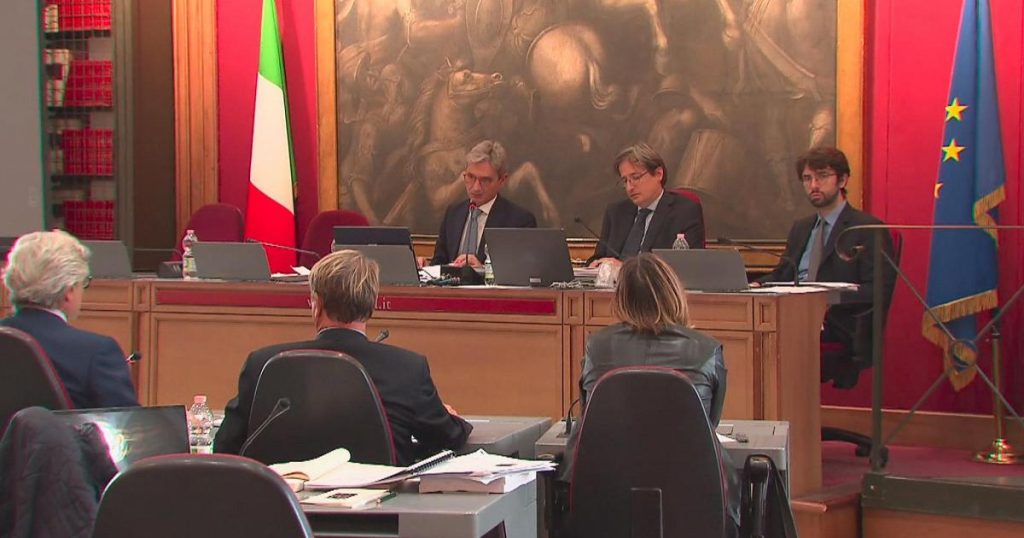The certainty lies in the fact that there will be an increase of 2.4 million beneficiaries of the tax wedge cut, and the merging of income tax brackets will also have an impact, resulting in an average increase of 1.5% in disposable income for families according to the Bank of Italy. However, there are many doubts, starting from growth estimates that, if too optimistic, could threaten the balancing of the accounts. In addition, healthcare spending for doctors and hospitals is returning to pre-pandemic levels, raising concerns about potential deficits for regions according to the parliamentary budget office.
The scrutiny of the budget law – with a series of hearings in parliamentary committees – is a real grill for the budget, which balances promises with the strict constraints of the new EU pact. It reveals several potential critical issues related to the choice to intervene in various areas. The foundation of all these concerns is economic growth: from an initial estimate of about 1% by Economy Minister Giancarlo Giorgetti, it has dropped to 0.4% for 2024 as reported by Istat, which will carry over into 2025. The vice chief of the economic department of the Bank of Italy, Andrea Brandolini, explains that economic activity would struggle to regain momentum this year.
President of CNEL, Renato Brunetta mentions a potential “cliff effect” when the effects of the National Recovery and Resilience Plan (PNRR) – the main pillar of public investments – run out after 2026. The President of INPS, Gabriele Fava, highlights the positive impact on the sustainability of the pension system thanks to interventions on pensions. However, the Istat report raises concerns about healthcare in a country where the percentage of Italians in 2023 who had given up medical care for economic reasons, inconvenience, or long waiting lists was 7.6%, compared to 6.3% in 2019. Healthcare spending decreased by 0.4% in 2023 to 130.2 billion, returning to pre-pandemic levels, which is deemed insufficient to meet the needs of the regions according to the parliamentary budget office.
The list of doubts raised in the hearings also includes measures for boosting birth rates, where Brandolini suggests that more than transfers to families with children, more effective solutions would include more nurseries and parental leaves. The government expects to generate revenue from various sources, such as the fairness of deductions, linear cuts to ministries, and a requested “contribution” from banks, with the Court of Auditors anticipating potentially higher revenues in the next two years. However, being a “shuffling game,” there could be an even more pronounced decline in revenue starting from 2027.
Overall, the budget scrutiny and the various concerns raised in hearings highlight potential risks and challenges in achieving the government’s economic and financial objectives. The need to balance promises made to the public with the constraints of the European Union’s fiscal rules is a delicate task that requires careful consideration and potential adjustments to ensure the stability and sustainability of the country’s financial situation. Addressing issues such as economic growth, healthcare spending, pension sustainability, and revenue generation through various means will be key in navigating the complex landscape of budget planning and implementation in Italy.


